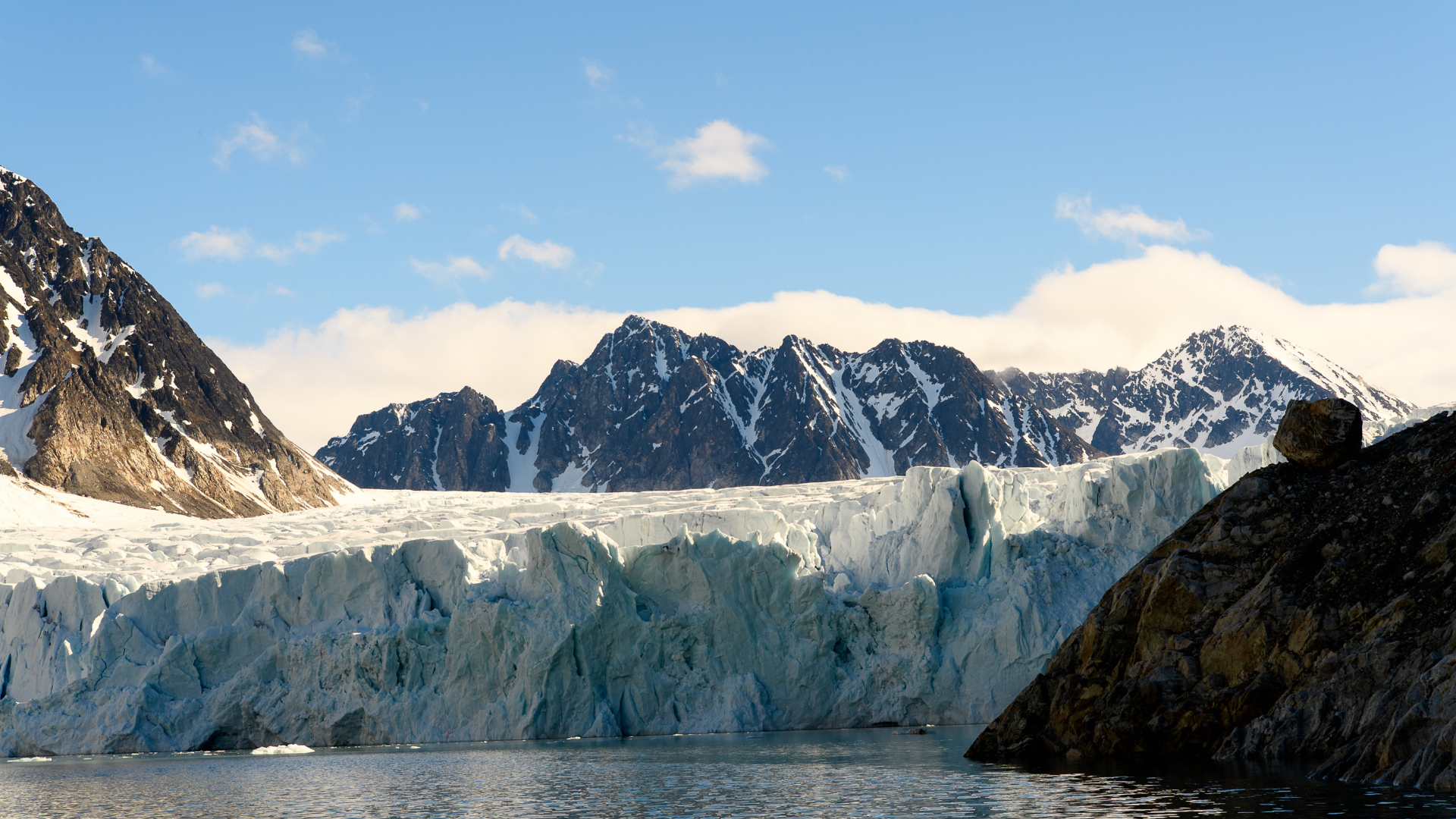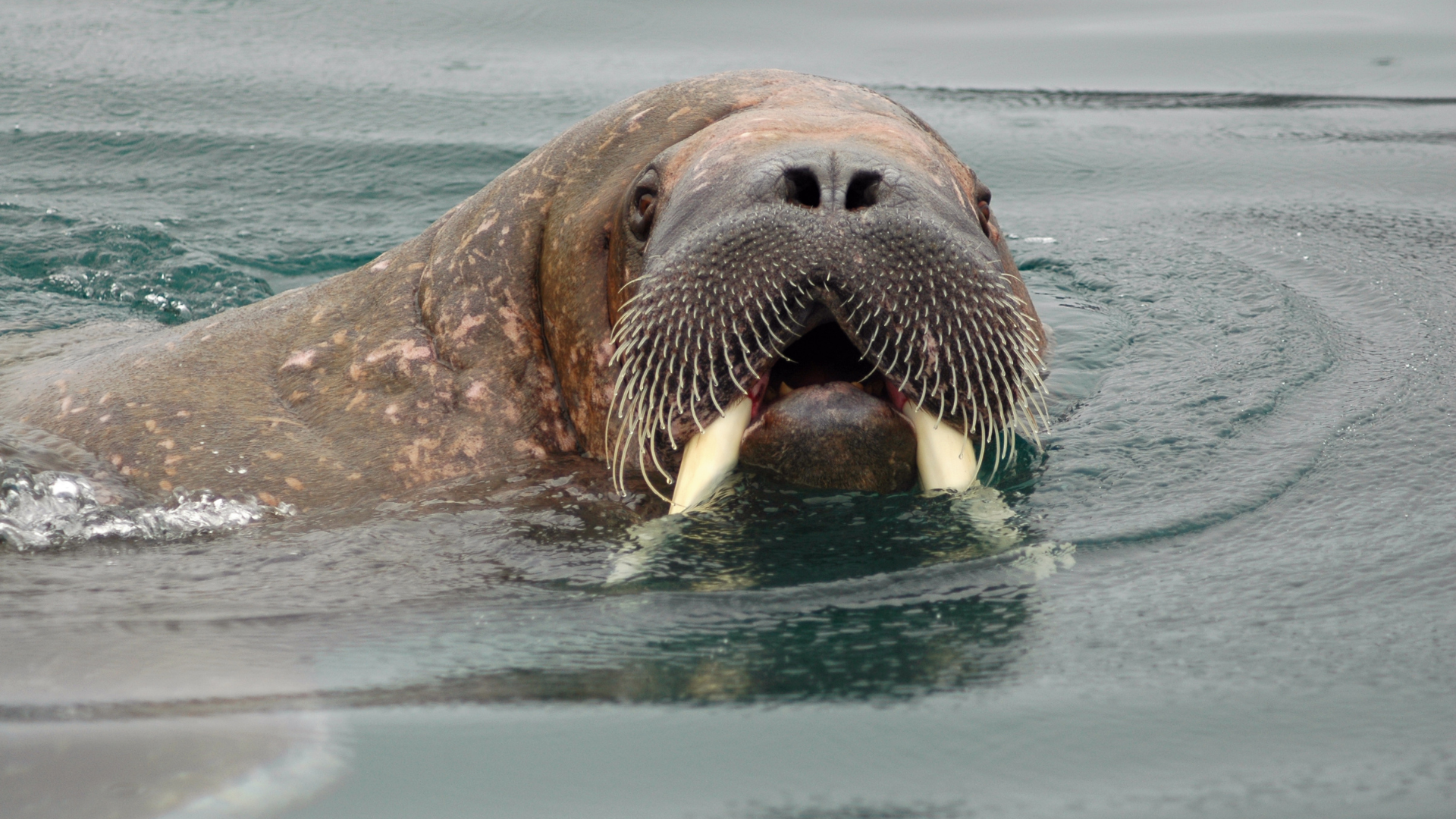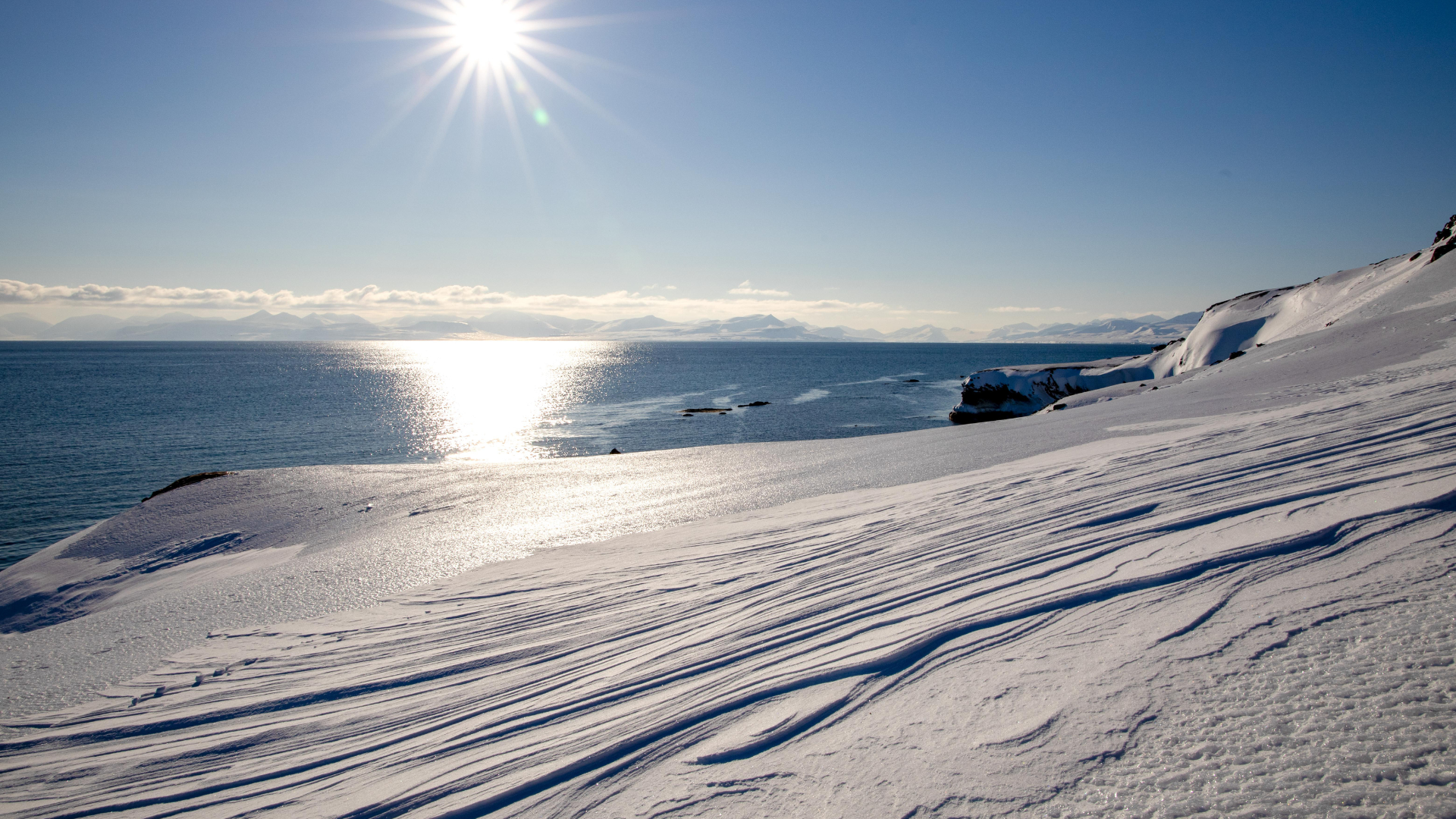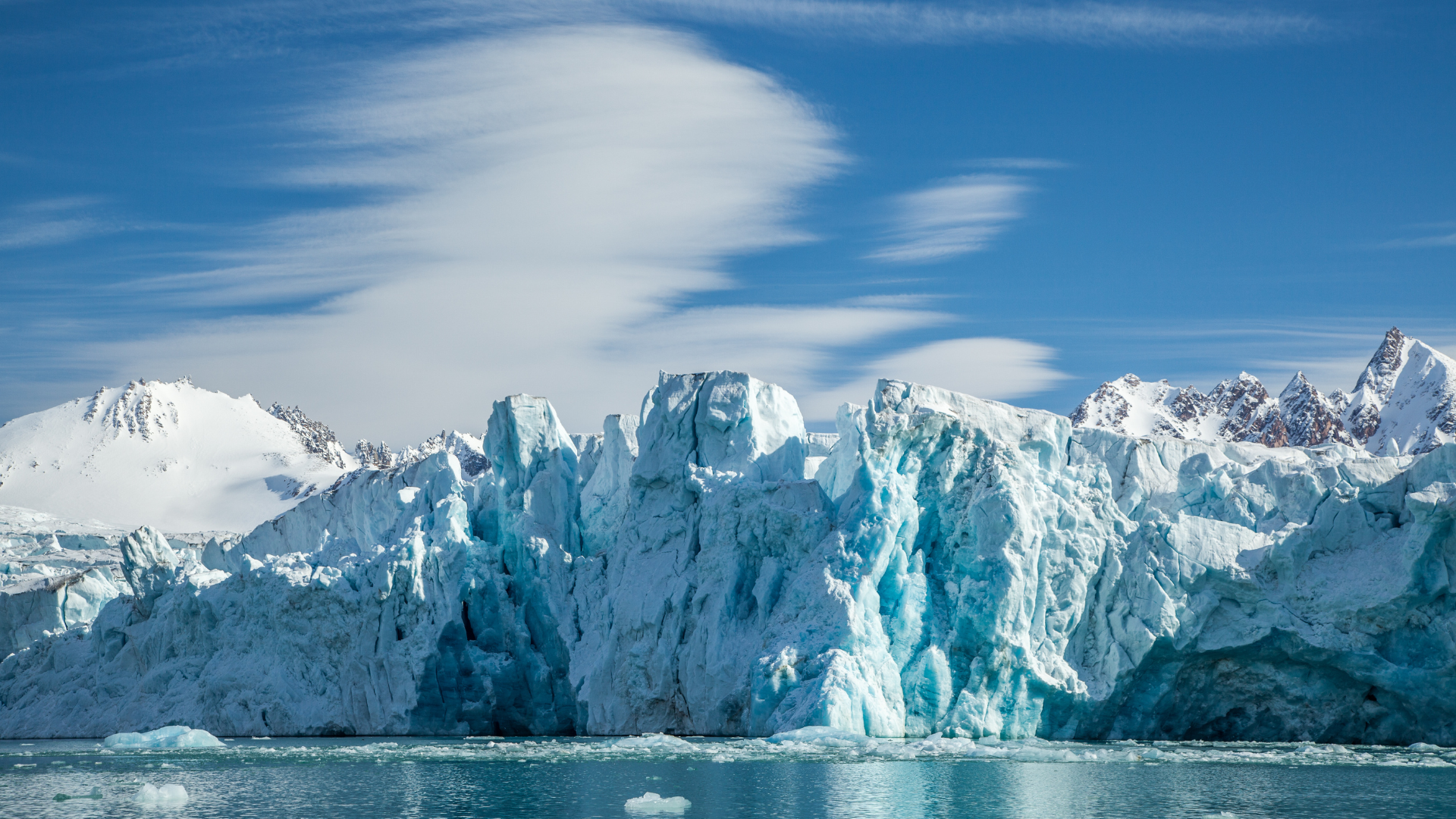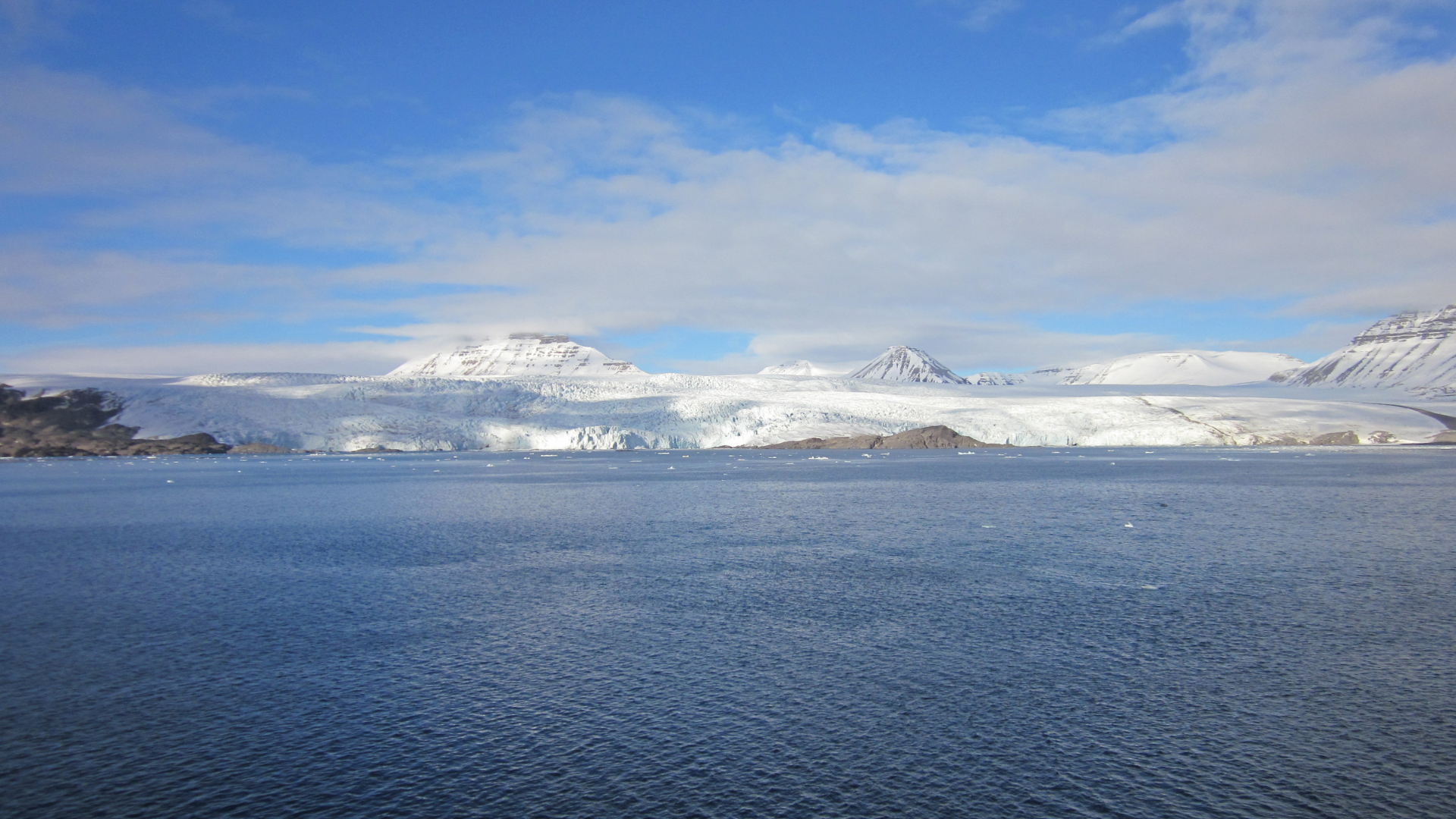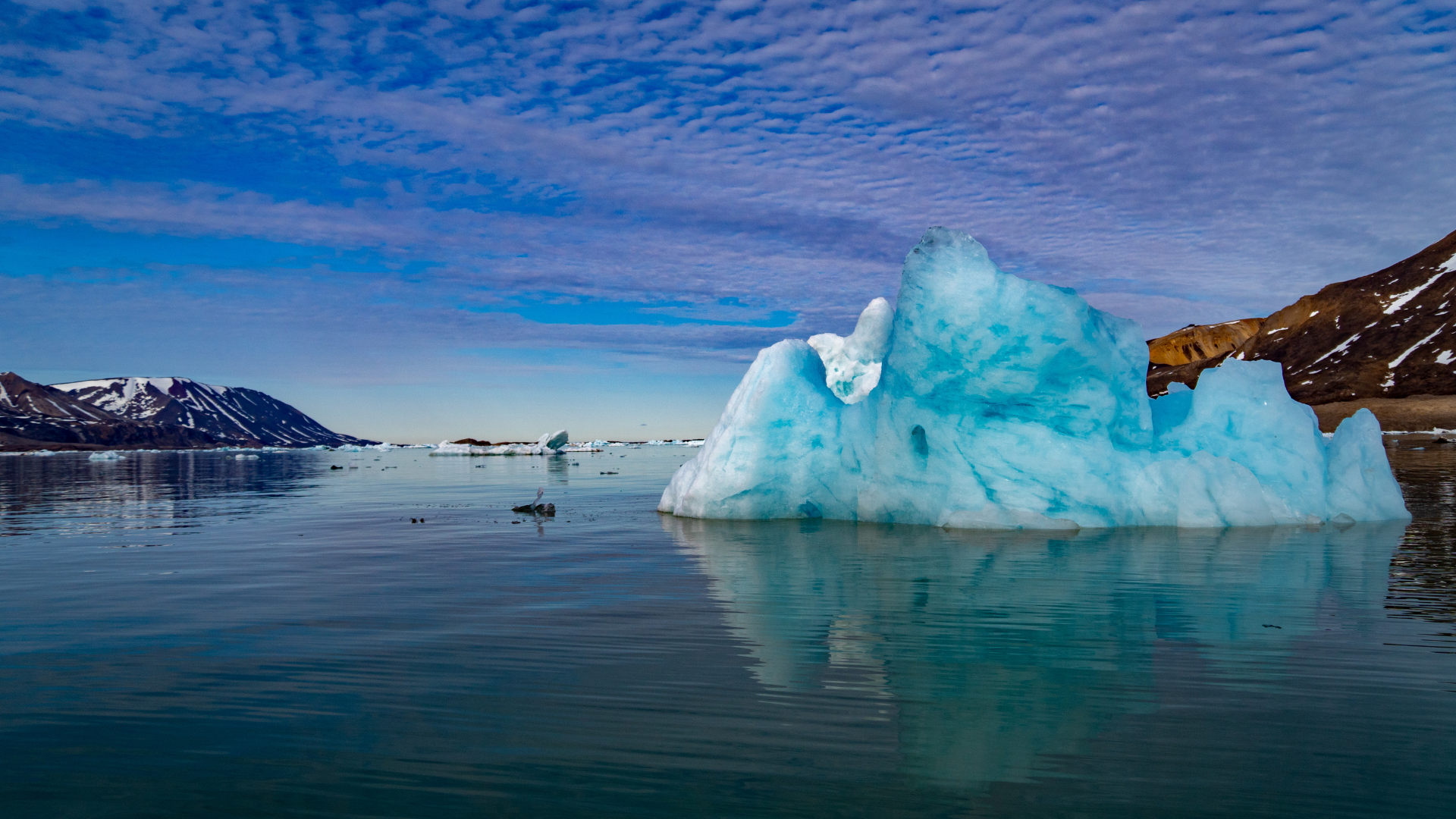Wildlife Encounters in Svalbard: A Unique Experience for Tourists
Wildlife Encounters in Svalbard: A Unique Experience for Tourists

Svalbard, an archipelago situated in the Arctic Ocean, offers incredible wildlife encounters due to its unique environment and remoteness. Here are some notable wildlife encounters you might experience in Svalbard:
- Polar Bears: Svalbard is one of the few places on Earth where you can encounter polar bears in their natural habitat. These majestic creatures roam the sea ice hunting for seals. Tourists often go on guided polar bear safaris to observe them from a safe distance.
- Arctic Foxes: Svalbard is home to the Arctic fox, which has adapted to survive in the harsh Arctic conditions. These foxes have a thick white coat in winter, providing excellent camouflage in the snow. They are curious creatures and can sometimes be seen scavenging around human settlements.
- Whales: Svalbard's nutrient-rich waters attract various whale species, including belugas, humpbacks, and minke whales. Boat tours offer the chance to spot these magnificent marine mammals breaching the surface or feeding in the fjords.
- Walruses: Walruses can be found along the coasts of Svalbard, particularly on remote beaches and ice floes. These large, tusked mammals can often be seen basking in the sun or hauling out onto land in large groups called haulouts.
- Seabirds: Svalbard is a haven for seabirds, with vast colonies nesting on cliffs and in rocky outcrops. Species like the puffin, guillemot, and kittiwake can be observed during the summer months as they breed and raise their young.
- Reindeer: Svalbard is home to a unique subspecies of reindeer known as Svalbard reindeer. These animals have adapted to the Arctic environment and can be spotted grazing on vegetation in the tundra.
- Arctic Hares: These elusive creatures inhabit the tundra and rocky slopes of Svalbard. Their white fur helps them blend in with the snow during winter, while their brown summer coat provides camouflage in the rocky terrain.
- Arctic Birds: Besides seabirds, Svalbard is also a crucial breeding ground for various Arctic bird species. Snow buntings, ptarmigans, and Arctic terns are among the many birds that call Svalbard home during the summer months. These birds play vital roles in the ecosystem, contributing to seed dispersal, insect control, and nutrient cycling.
- Ringed Seals: Ringed seals are the most common seal species found in Svalbard's waters. These small seals have distinct circular markings on their fur and primarily inhabit the pack ice and coastal areas. They are an essential food source for polar bears and other predators, and spotting them basking on ice floes or diving into the water is a common sight during Arctic expeditions.
- Arctic Skua: The Arctic skua, also known as the parasitic jaeger, is a seabird species that breeds in Svalbard during the summer months. These agile birds are known for their aggressive behavior, often harassing other seabirds to steal their food. They can be observed diving and swooping over the ocean in search of prey or defending their nesting territories from intruders.
Encounters with wildlife in Svalbard are often unpredictable and can depend on factors such as weather conditions, time of year, and local regulations. It's essential to respect the animals' habitat and observe them from a safe distance to minimize disturbance to their natural behavior.
